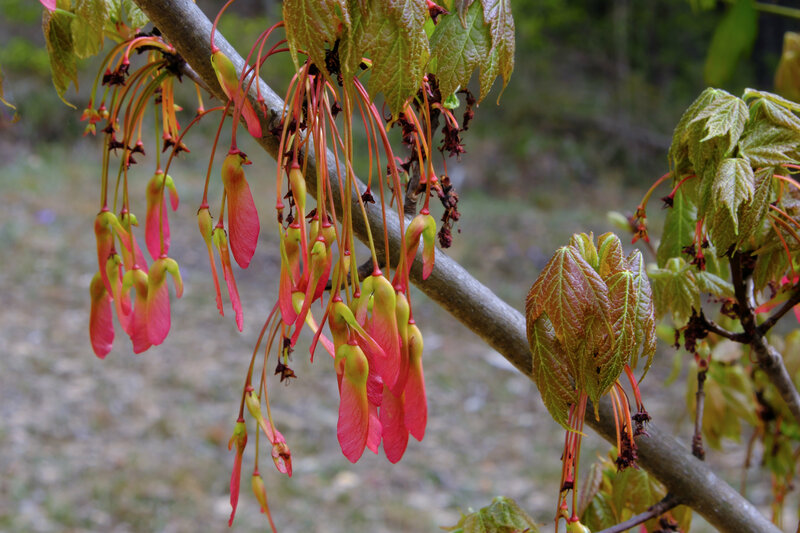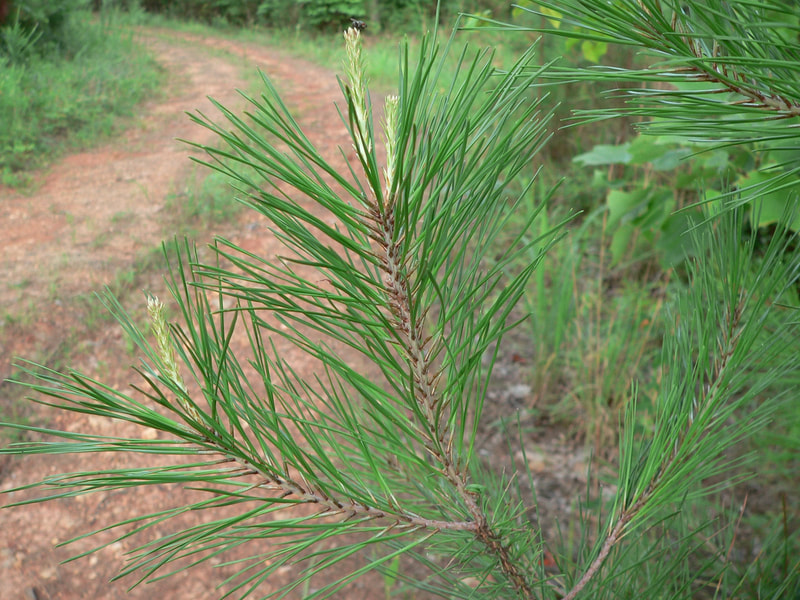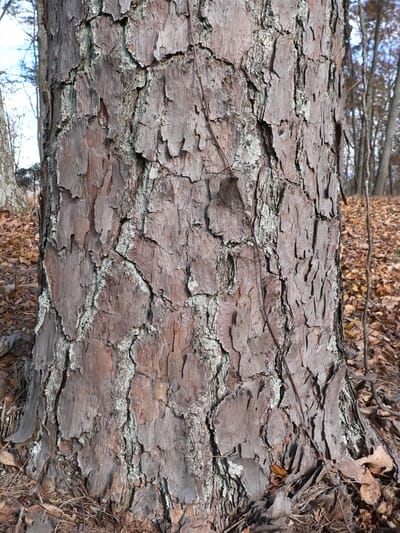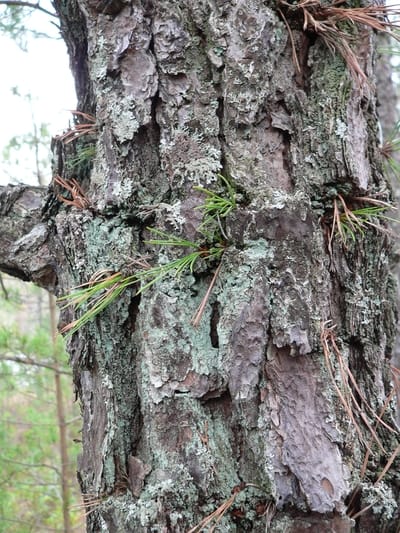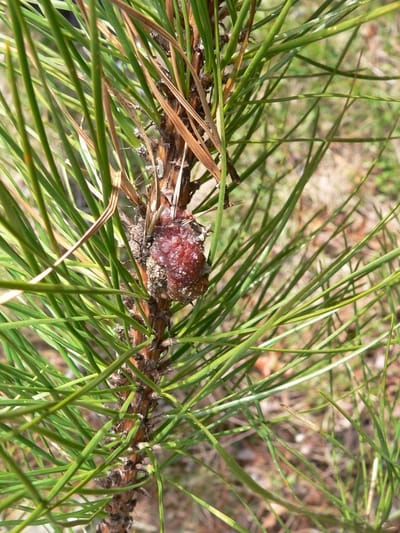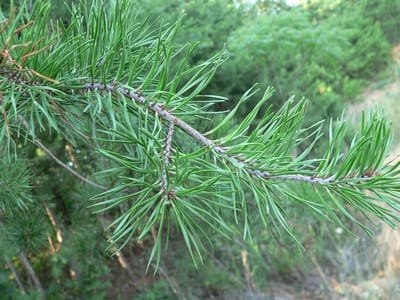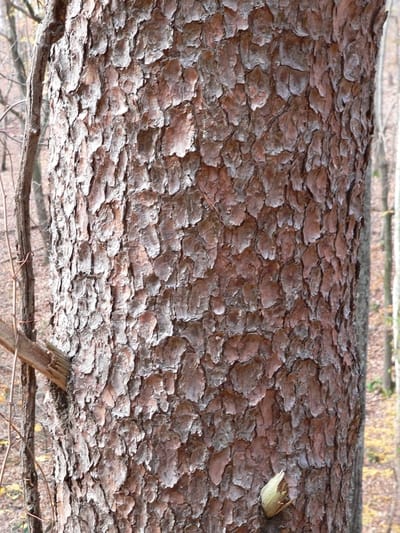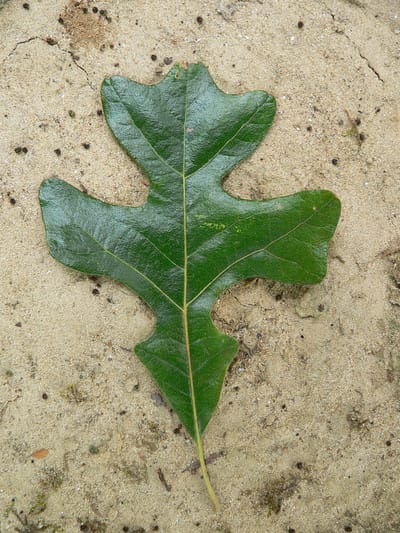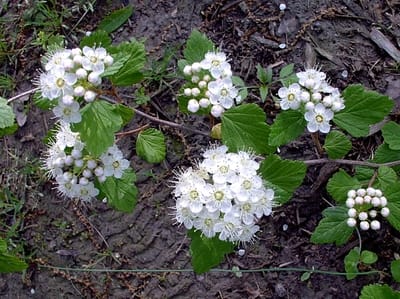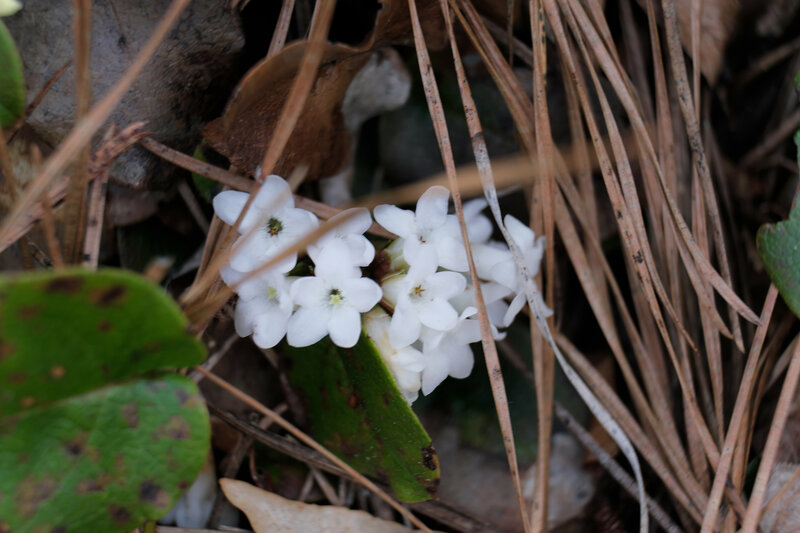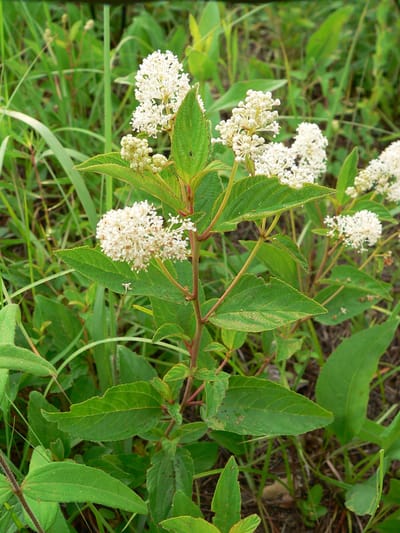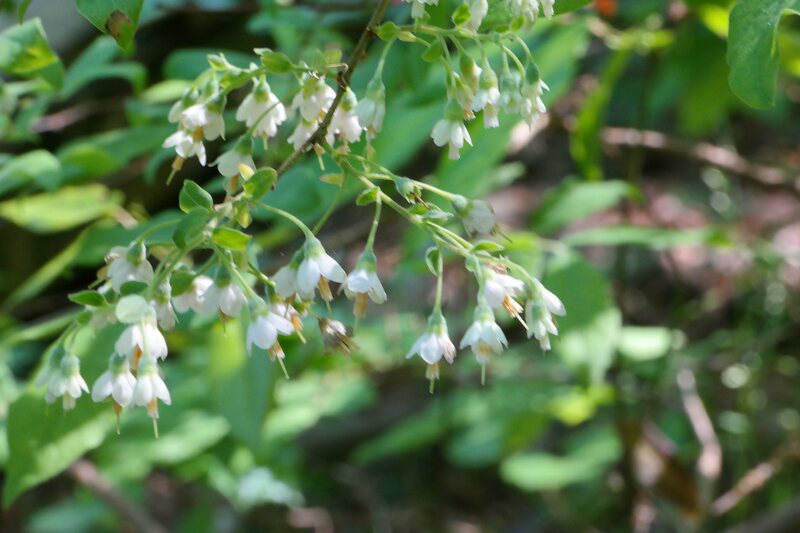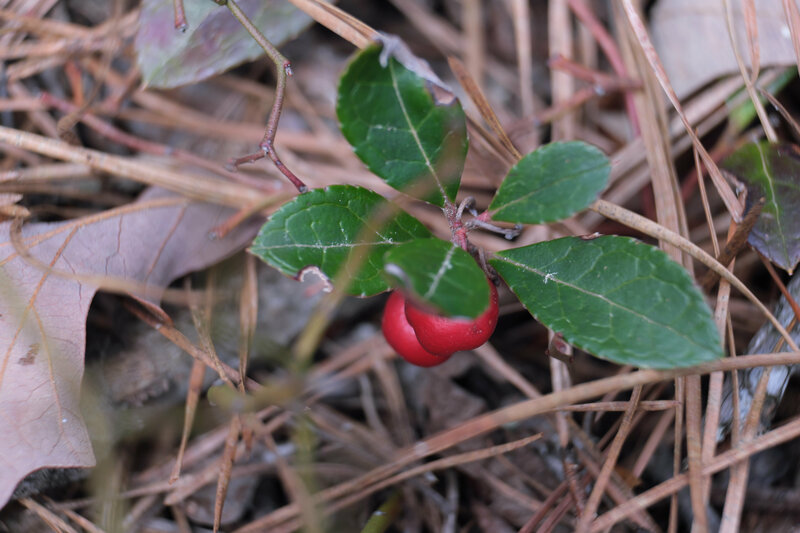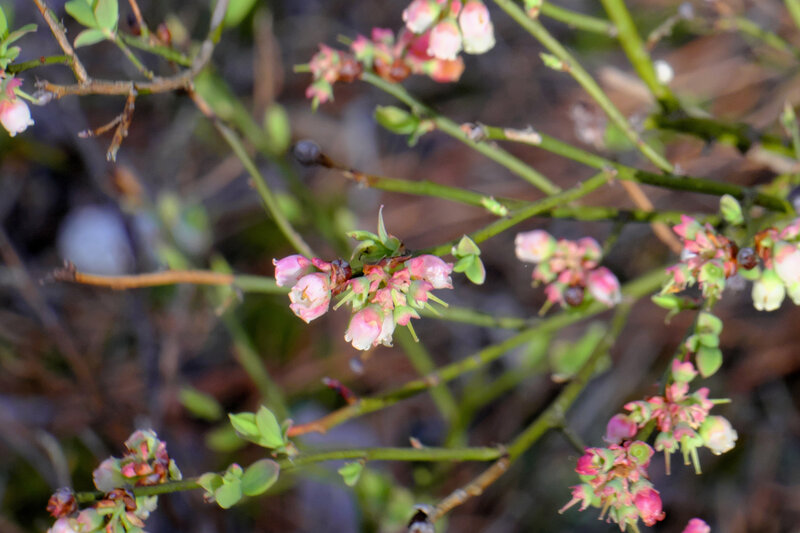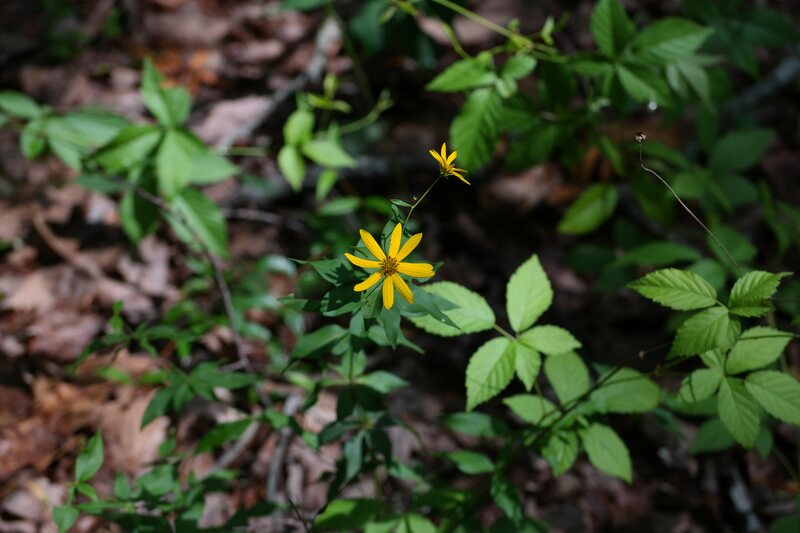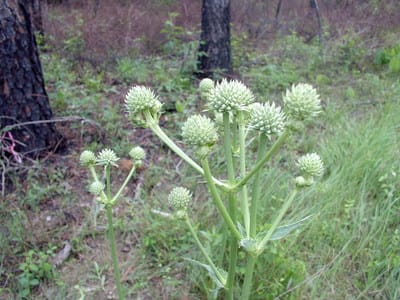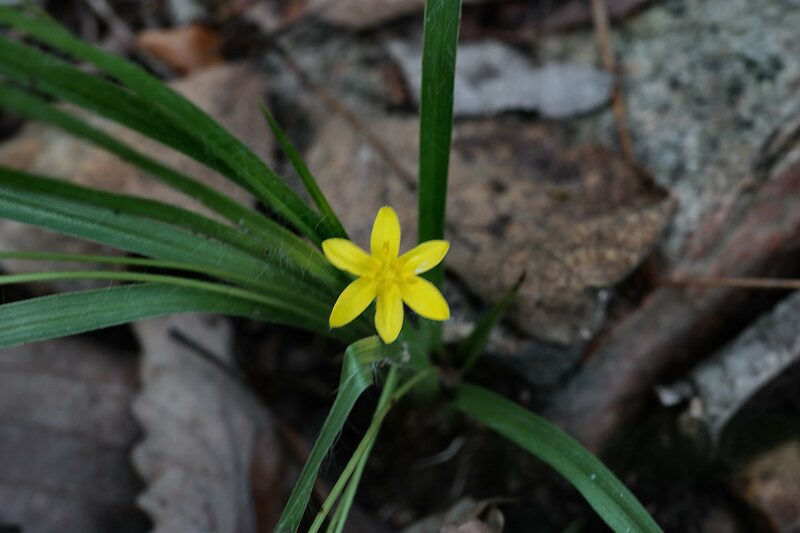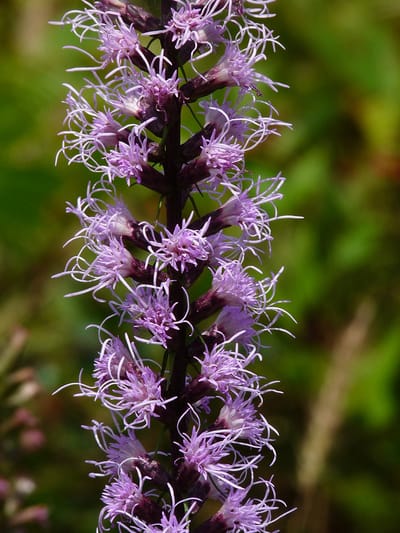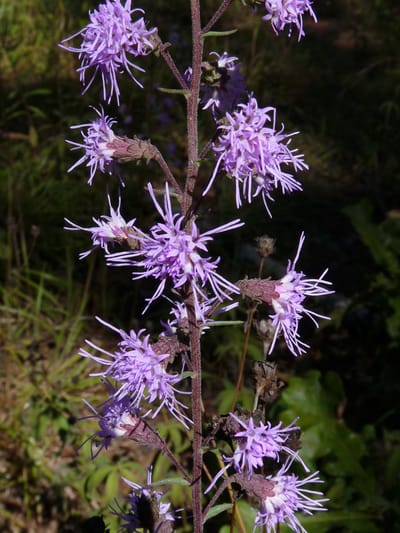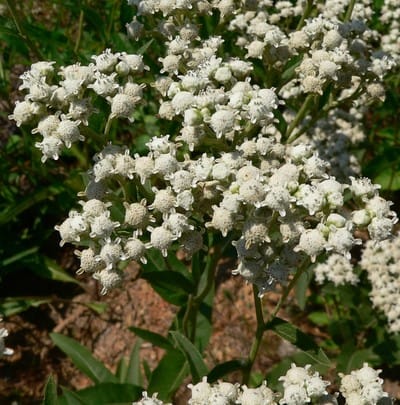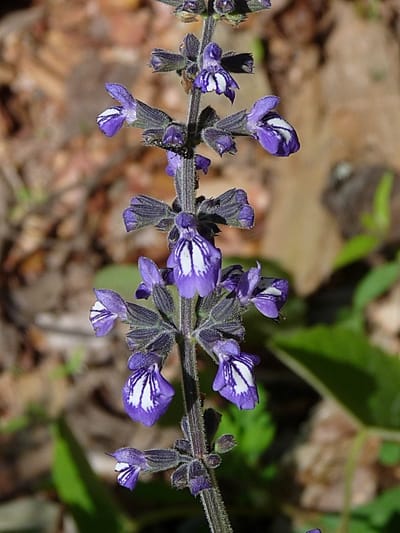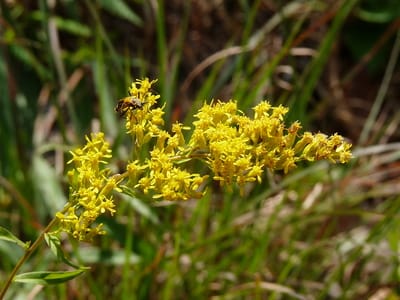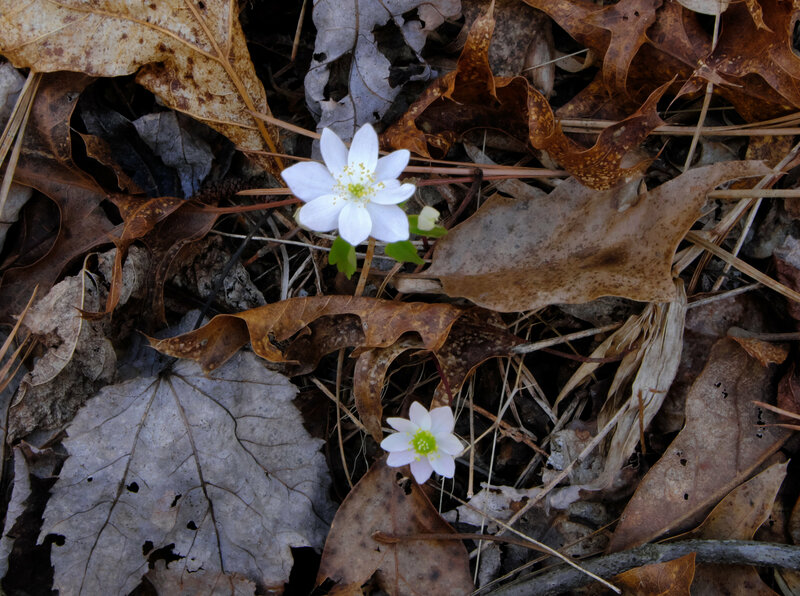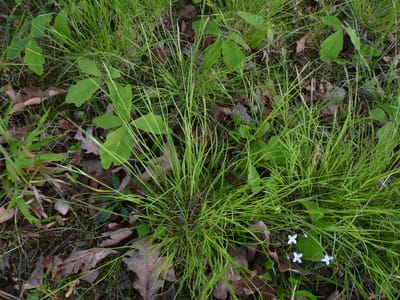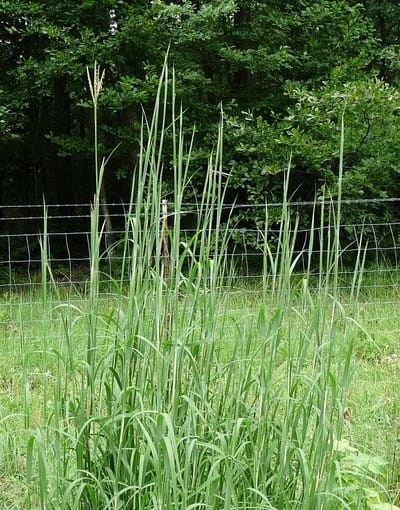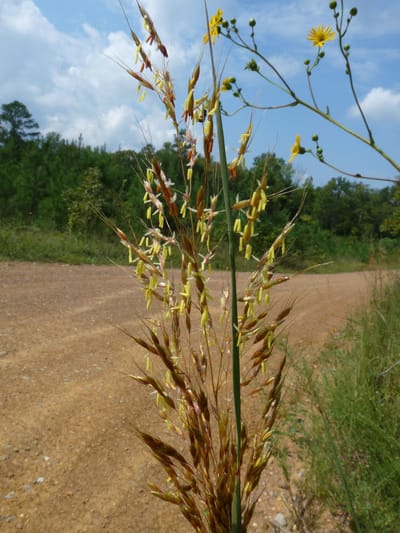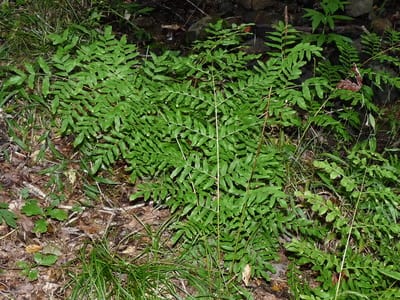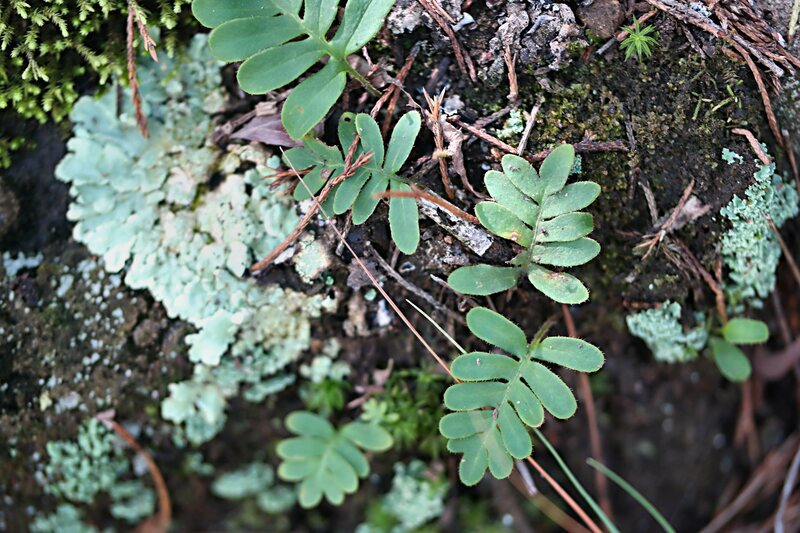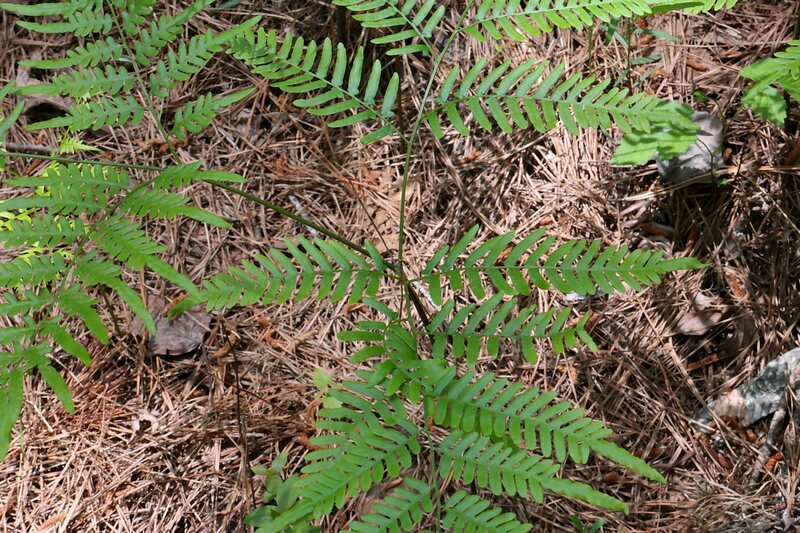Blue Ridge Ultramafic Barrens and Woodlands
|
Ultramafic Barrens and Woodlands, often called Serpentine Woodlands, are very rare natural communities made up of a mosaic of barrens, glades, and woodlands with outcroppings of dark, heavy, ultramafic rock, such as dunite, soapstone and serpentine. These rocks are very high in iron and magnesium, which inhibit the growth of some plants, and may also contain levels of copper and nickle that are toxic to some plants. Soils are shallow, and very quick draining, leading to dry conditions.
|
|
What's special: The rare and difficult conditions created by the bedrock result in a unique assemblage of plants that can tolerate the habitat. Rare species sometimes grow over ultramafic rock because they cannot compete with plants in more common conditions.
Related communities: Grades into Pine-Oak Woodlands or Oak forest and has many species in common with Mafic Domes and Acidic Cliffs.
Learn MORE HERE about plant adaptations to rocky places.
Learn MORE HERE about rock types and their affect on plants.
Related communities: Grades into Pine-Oak Woodlands or Oak forest and has many species in common with Mafic Domes and Acidic Cliffs.
Learn MORE HERE about plant adaptations to rocky places.
Learn MORE HERE about rock types and their affect on plants.
|
Plants
Click on a plant name to see images. Plants are listed in order by scientific name. Trees Red maple Acer rubrum Black birch Betula lenta Mockernut hickory Carya tomentosa American holly Ilex opaca Black gum Nyssa sylvatica Shortleaf pine Pinus echinata Pitch pine Pinus rigida White pine Pinus strobus Virginia pine Pinus virginiana Southern red oak Quercus falcata Post oak Quercus stellata Scarlet oak Quercus coccinea Shrubs and Woody Vines New Jersey tea Ceanothus americanus Trailing arbutus (Epigaea repens) Teaberry Gaultheria procumbens (a sub-shrub) Ninebark Physocarpus opulifolius Hillside blueberry Vaccinium pallidum Deerberry Vaccinium stamineum Ground Layer Wildflowers Nodding onion Allium cernuum Whorled milkweed Asclepias verticillata Harebell Campanula divaricata Woodland coreopsis Coreopsis major Common rough fleabane Erigeron strigosus Rattlesnake-master Eryngium yuccifolium Teaberry Gaultheria procumbens Small-headed sunflower Helianthus microcephalus Veiny hawkweed Hieracium venosum Yellow stargrass Hypoxis hirsuta Dense blazing star Liatris spicata Blazing star Liatris squarrulosa Common wild quinine Parthenium integrifolium Nettle-leaf sage Salvia urticifolia Licorice goldenrod Solidago odora Skunk meadow-rue Thalictrum revolutum Rue anemone Thalictrum thalictroides Grasses Big bluestem Andropogon gerardii Poverty oat-grass Danthonia spicata Little bluestem Schizachyrium scoparium Yellow Indiangrass Sorghastrum nutans Ferns and Fern Allies Royal fern Osmunda spectabilis Rockcap fern Polypodium virginianum Bracken fern Pteridium aquilinum |
Representative trees, in order by scientific name
Representative shrubs, in order by scientific name
Representative wildflowers, in order by scientific name
Representative grasses, in order by scientific name
Representative ferns, in order by scientific name
|

